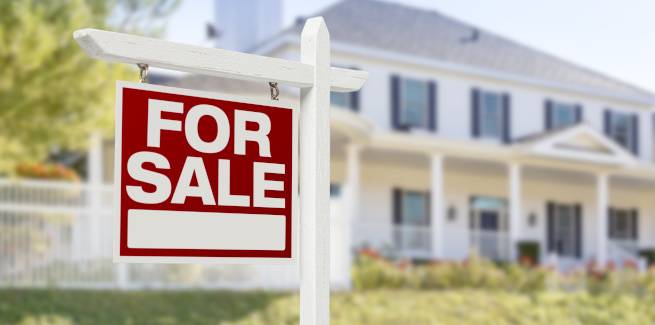The Commonwealth Bank of Australia’s (CBA) latest Household Spending Intentions (HSI) series has revealed that home buying intentions have continued their upward trajectory in February, with the smoothed series reaching its highest level since the start of the data series in 2015.
According to CBA chief economist Stephen Halmarick, both mortgage applications and Google searches were up on the month, and considerably higher than the levels recorded in February 2020, and up after intentions shrank in December 2020.
Mr Halmarick said the CBA continues to “expect the home buying market to be a key source of support for the Australian economy in 2021”, which it said would be driven largely by very low interest rates.
Motor vehicle spending intentions reduced slightly in February 2021 compared with February 2020 for Google searches and loan applications, the series found.
“The ongoing improvement in the housing market is expected, however, to support the outlook for motor vehicle spending,” Mr Halmarick said.
“Working against this trend is the increasing shift to work from home.”
Meanwhile, retail spending intentions softened in February, with Google searches declining noticeably, the research found.
However, actual retail spending remained stronger in February 2021 compared with the same time last year, according to the HSI series.
The series found that the year to February 2021 saw strong increases in spending on clothing (including uniforms), grocery stores and supermarkets, department stores, furniture stores, paint and hardware stores, jewellery and watch stores, leather and luggage goods, cosmetic stores, digital apps, electronic stores, florists, hobby and toy stores, pet shops and record stores.
However, there was some weakness in spending on dry cleaners, tailors and duty-free stores, according to Mr Halmarick
He also said that the overall improvement in the HSI data is consistent with other signs that the economy is continuing to recover in the early months of 2021.
“Fourth quarter data showed that economic growth improved further at the end of 2020, with a V-shaped recovery, and we now expect that the Australian economy will grow by 4.4 per cent in 2021,” Mr Halmarick said.
While pointing out that the upcoming expiry of the federal government’s JobKeeper program could pose a risk to the positive economic outlook, Mr Halmarick said that recent CBA research has suggested that any effect of removing the labour market support measure would likely be temporary.
“Our view is that the negative impacts of the end of JobKeeper will be short-lived and that the strength in the labour market, the large savings pool generated throughout 2020 and, as shown by the HSI, the solid momentum in spending and home buying, will see the economy transition successfully through the end of JobKeeper,” he said.
The latest lending indicators data from the Australian Bureau of Statistics (ABS) for January 2021 showed that new loan commitments (seasonally adjusted) spiked by 10.5 per cent and broke the $22-billion mark for the first time to hit $28.8 billion.
Meanwhile, CoreLogic figures revealed that auction volumes across the combined capital cities reached the second-highest number over the year-to-date, with 2,232 homes taken to auction for the week ending 14 March.
The CBA recently forecast a 14 per cent rise in national dwelling prices over a two-year period amid the low rates, and a 16 per cent rise in house prices.
[Related: Home buying intentions shrank in December]
 ;
;
